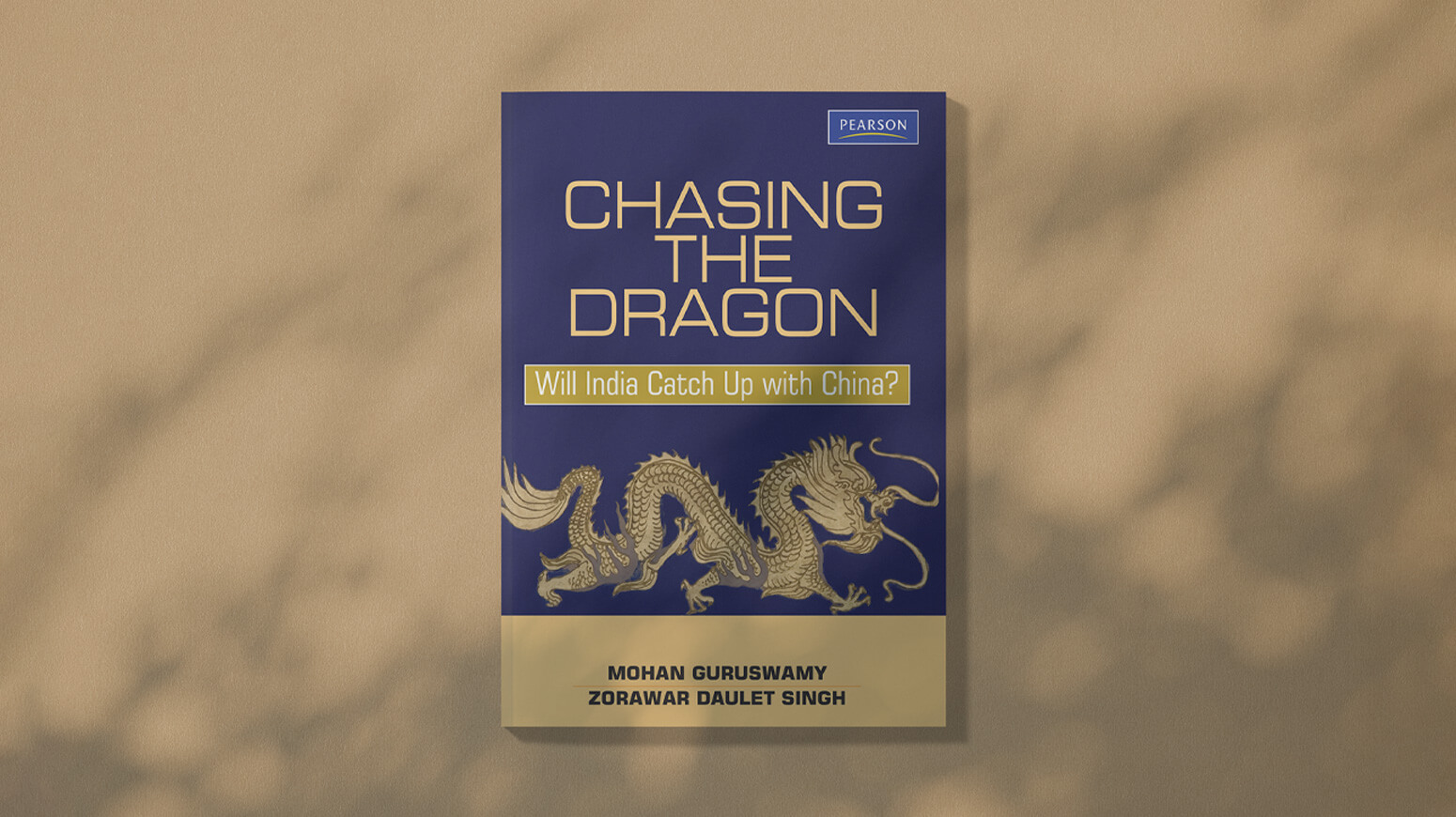Chasing the Dragon: Will India Catch up with China?

About
This book will examine the Sino-Indian economic asymmetry in some depth to give the reader a sense of magnitude of the prevailing gap. The narrative will then proceed to highlight the principal features of the Chinese growth trajectory and the development strategies employed by Beijing’s planners since the ‘open door’ after 1978, which has resulted in, as the World Bank calls it, ‘the largest and fastest poverty reduction in history’. It is well recognized that China’s growth pattern—export-driven, manufacturing-led industrialization—has largely emulated the model of her East Asian peers, albeit on a phenomenally larger scale. Since 2000, Chinese international economic interactions have manifested in cross-border trade and investment linkages that have fundamentally re-altered the structure of global product and factor markets. We illustrate this by focusing on the East Asian geoeconomic division of labour, where China is now at the epicentre of regional production networks, and which India, for the most part, has excluded itself from. We also, however, show that China’s economic rise in Asia is not an autonomous dynamic. Rather, it is one driven by a very high involvement of the USA in the East Asia region with China acting as a manufacturing conduit for economic interactions with the West. Finally, we seek to draw attention to core policy lessons that India could derive as it seeks to reclaim its historical position in the global economic system.
Excerpts of Former foreign secretary, Mr. Shivshankar Menon’s speech at the release of the book on 14 October 2009 at the WWF Auditorium in New Delhi
Chasing the Dragon; Will India Catch up with China?– is an important book and a timely book. Important because it brings into the open and deals in a precise, academically rigorous and politically objective way with the major geopolitical event of our life-time, the rise of China and the transformation of India. It is timely because it draws policy lessons, and describes the consequences and other effects of this change just when the world is entering a new period of uncertainty as a consequence of the world economic crisis.
Both authors, Mohan Guruswamy and Zorawar Daulet Singh, have the requisite academic and professional qualifications to deal with such a significant but daunting cross-disciplinary topic. The authors have written on India and China relations before, in a book that is probably the best and most up-to-date account of the bilateral relationship and its issues.
From chapter titled, Lessons from China: A Strategic Economic Policy for India
“Since India, too, seeks to deepen and widen its integration with the global economic system, the lessons from its northern neighbour may perhaps be too relevant to ignore. For New Delhi to exploit broader growth opportunities via FDI and trade, and simultaneously ensure the negative aspects of globalization are mitigated, and particularly those that may impinge upon the foreign policy autonomy of New Delhi, it will need to carefully weigh the cost-benefits of particular policy choices and calibrate its liberalization process.
